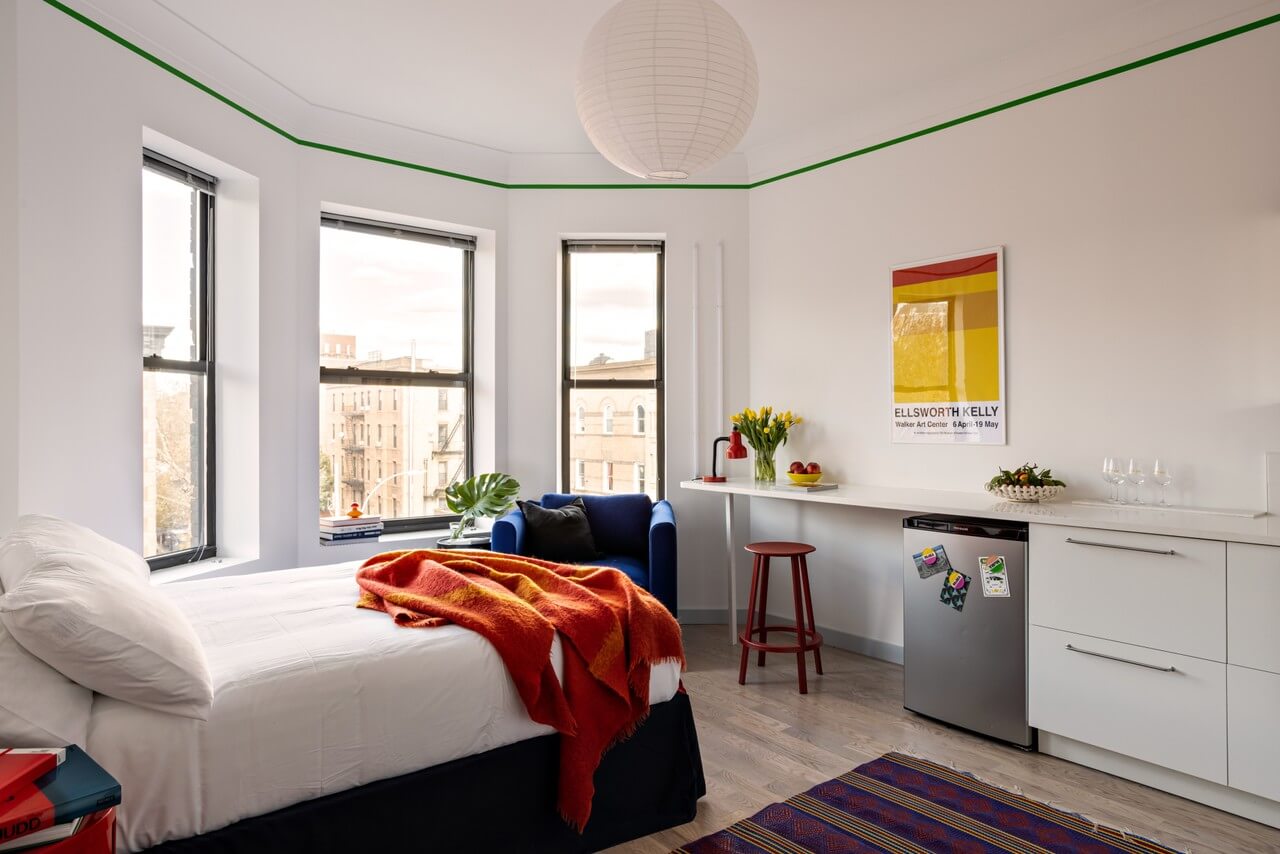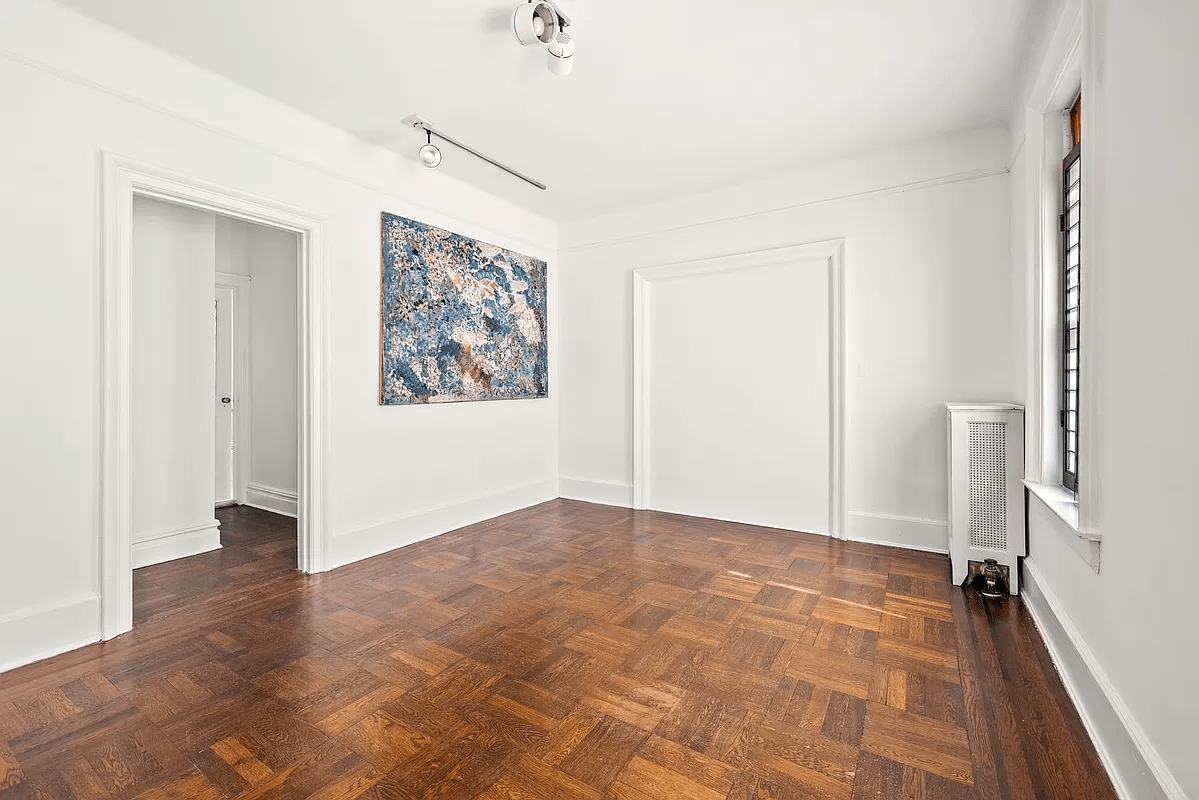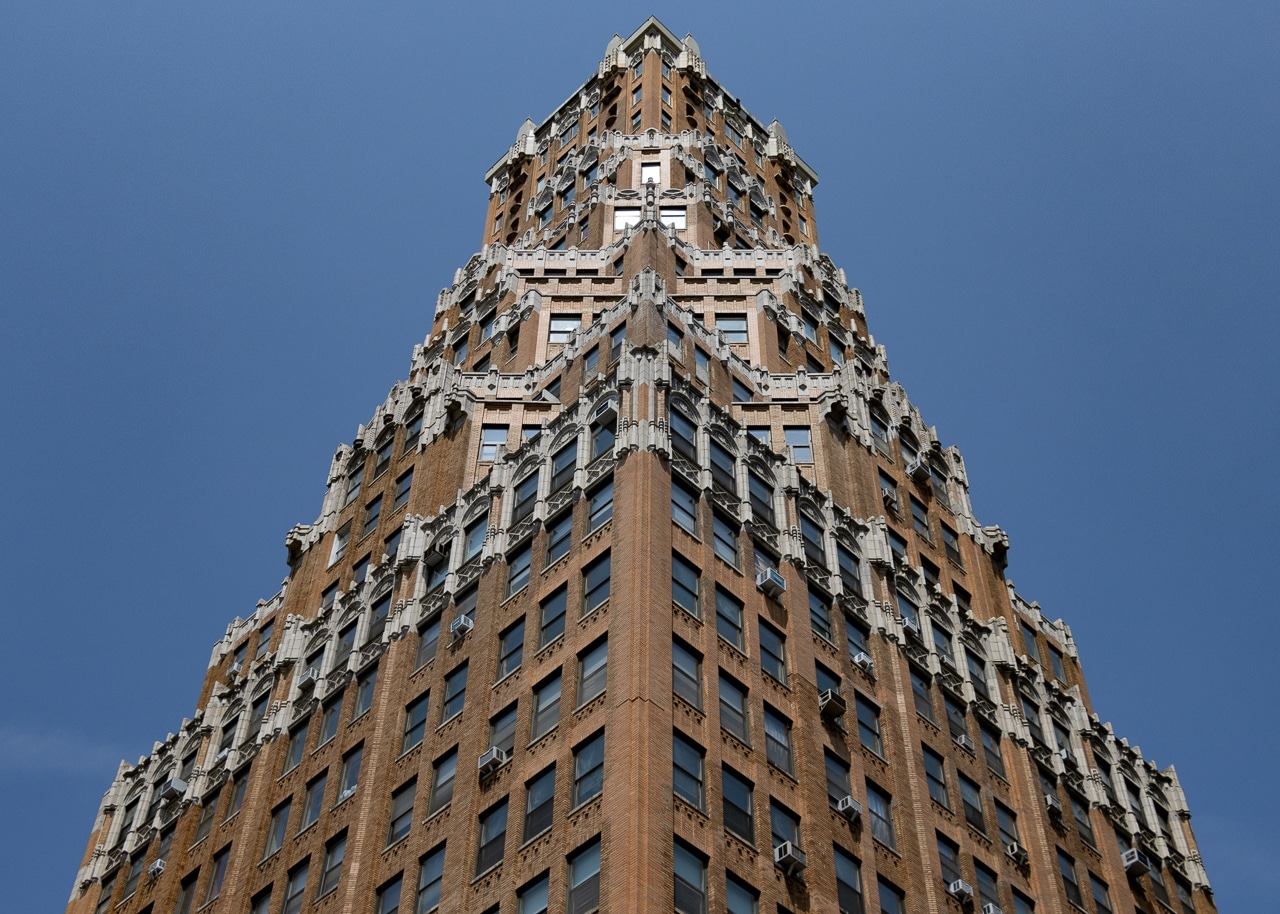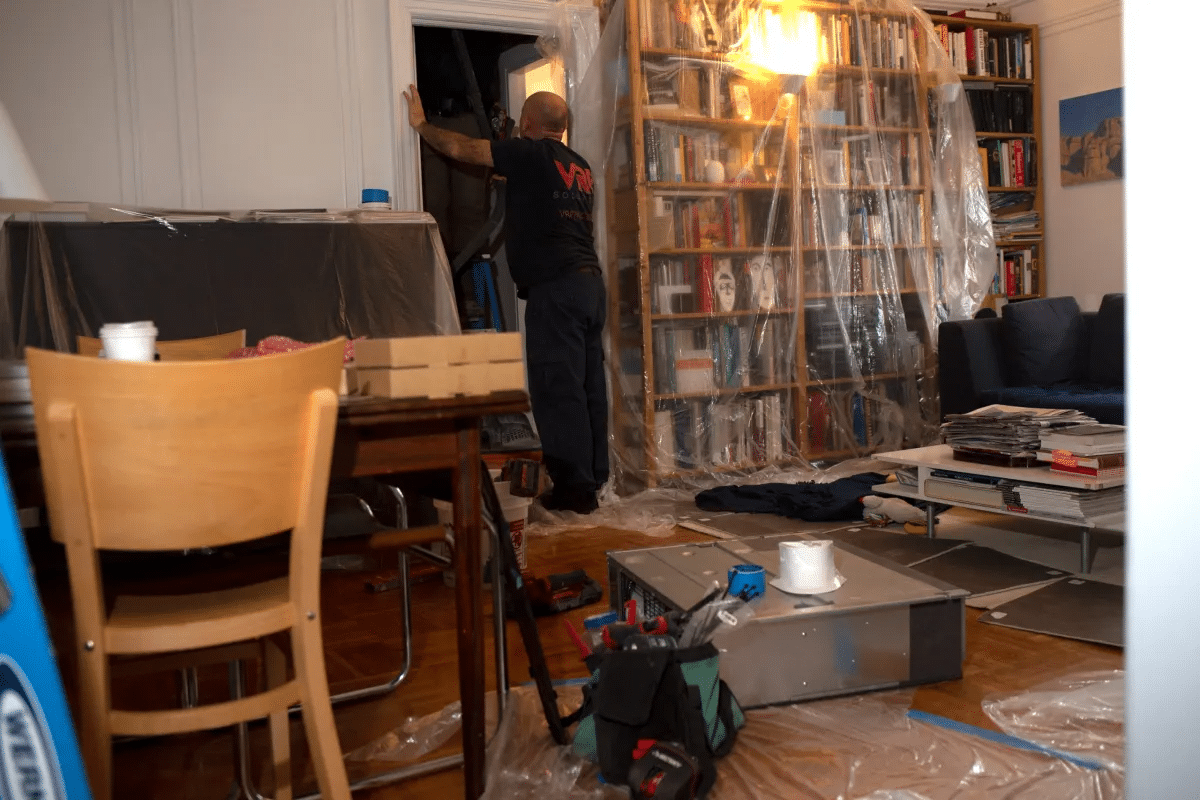Flatbush Rezoning in the Works
Flatbush Gardener attended last week’s preliminary public hearing on the city’s plan to rezone a large section of Flatbush. City Planning is undertaking the rezoning, in the main, to preserve the low-rise housing stock that defines a great deal of the neighborhood, particularly in the non-landmarked, Victorian sub-nabes. The city’s current study area for the…

Flatbush Gardener attended last week’s preliminary public hearing on the city’s plan to rezone a large section of Flatbush. City Planning is undertaking the rezoning, in the main, to preserve the low-rise housing stock that defines a great deal of the neighborhood, particularly in the non-landmarked, Victorian sub-nabes. The city’s current study area for the rezoning is, as shown in the map above, humongous, stretching from below the Parade Grounds to Brooklyn College, and bounded on the west by Coney Island Avenue and to the east by Bedford Avenue, Foster Avenue, and 32nd Street. While it’s unclear how much of this area the rezoning will actually end up affecting, Flatbush Gardener notes that City Planning seems particularly keen on waving an R4 wand over some unprotected Victorian Flatbush areas. The existing zoning in the study area is a big hodge-podge, including a few sections that allow for the construction of mid-rise buildings; the rezoning is likely to allow for taller buildings on the main commercial drags. The most controversial aspect of the pre-proposal, according to Flatbush Gardener, has to do with the zoning (R4A) the city is looking to push through in Ditmas Park West and South Midwood, which would allow for 50 percent bigger buildings in those areas than current zoning: “It’s this large increase in FAR that raises concerns for residents in these two neighborhoods, who are concerned it will open the door for expansion and enlargement of existing homes, or new development, out-of-scale with the existing homes.”
Flatbush Rezoning Will Define Future of Victorian Flatbush [Flatbush Gardener]
Flatbush Rezoning Push Not Sitting Well With Some Locals [Brownstoner]
Photos and map from Flatbush Gardener.









Who says I’m changing for the 4 at Atlantic? I’m taking the 2 or 3 to Wall.
The R train to Rector and the Express bus both stop on the West side of Manhattan, and by the time you walk over to the East side of Manhattan and Wall Street, any gain in travel time is eaten up by the walk.
If you are taking the Q, change at DeKalb to the R right across the tracks instead of changing to the R or 4 at Atlantic and you’ll cut 10 minutes off your commute. I’m closer to Church so I used to just take the B or Q, whichever came first, and change at DeKalb. It never took me more than 45 minutes.
“3:09, it is a bit of an stretch to say you have to give yourself an hour to get to wall street on the Q or B, but I would agree that when I took the subway I always gave myself 45 minutes to be safe. I then learned about the express bus from a neighbor who works in the financial district. If you take the express bus to wall street from Cortelyou, it makes one other stop in Brooklyn and then shoots through the battery tunnel and drops you off downtown in about 20 minutes. It costs more ($5) but the commute is fast, pleasant (you always get a seat) and allows you to reply to e-mails on your blackberry, etc.. during the trip because you aren’t underground. I now give myself 25-30 minutes to be safe”.
45 minutes sometimes works on the Q Cortelyou, change at Atlantic, for Wall Street. The B doesn’t stop at Cortelyou, and is jam packed if it’s across the platform at Church.
When you have meetings promptly at 9 AM, you have to allow the extra time for the Q train AND the train you transfer to both to trains to be “stupid”. Therefore a full hour is needed to insure your not getting yelled at by your boss on a regular basis.
And that Express bus can get caught in traffic, and take even longer then the subway, besides I’m not wealthy enough to pop $10 bucks a day for the Express bus.
“The truth is if the price of every condo in Brooklyn was cut 25%, they would sell this weekend.”
Ha ha ha ha !!!!
Ha ha ha ha
that is pure opinion and completely FALSE!!!!
And besides…as Ed Koch once said:
“If you can’t afford to live here…LEAVE!!”
Your statements about more density are nothing but little bombs you are trying to hurl to get a reaction. If someone wants over 2000 square feet to live in with their family in New York City, it should be allowed. And it is. Just because you think all you need is a bed and a window in a box to live doesn’t mean everyone else wants to live like that. So keep using your oven as your closet and go back to Manhattan where dense development reigns supreme. We in bucolic Brooklyn enjoy the leafy neighborhoods where skies are open and dense neighborhoods are friendly.
3:09, it is a bit of an stretch to say you have to give yourself an hour to get to wall street on the Q or B, but I would agree that when I took the subway I always gave myself 45 minutes to be safe. I then learned about the express bus from a neighbor who works in the financial district. If you take the express bus to wall street from Cortelyou, it makes one other stop in Brooklyn and then shoots through the battery tunnel and drops you off downtown in about 20 minutes. It costs more ($5) but the commute is fast, pleasant (you always get a seat) and allows you to reply to e-mails on your blackberry, etc.. during the trip because you aren’t underground. I now give myself 25-30 minutes to be safe.
Polemicist –
do yourself a favor and walk down flatbush from eastern parkway and make a right at glenwood rd, make another right at ocean ave and walk back to where you started.
you will clearly see the extent of density of this particular stretch of flatbush.
this area is NOT the victorian flatbush (prospect park south historic district) you have in your mind, but all of these areas are encompassed under the same unmbrella name of ‘flatbush’. within one region there are both extremes of density. the challenge is how to integrate contextual development that doesn’t overrun the infrastructure.
your comments above show that you have an understanding about basic re economics, but your are seriously inept when it comes to truly understanding urban planning challenges this city faces.
nyc full of limo environmentalist.
Actually, the demand for luxury housing in Lagos is quite high. It is the reason that people are being pushed out of previously undesirable neighborhoods that are close to the city center. Not only do wealthy Nigerian nationals desire to have homes in Lagos but wealthy Ecowas in general, especially those in the entertainment industry desire to live ther as well. Gentrification is not unique to NYC or the U.S.
“They’re only rare in NYC because in other neighborhoods, as land values rose it made sense to replace low-density houses with more intensive development…”
Polar Mist your statement is precisely why in NYC the character of Victorian Flatbush needs to be preserved. This is one of the (if not the) most beautiful neighborhoods in Brooklyn.